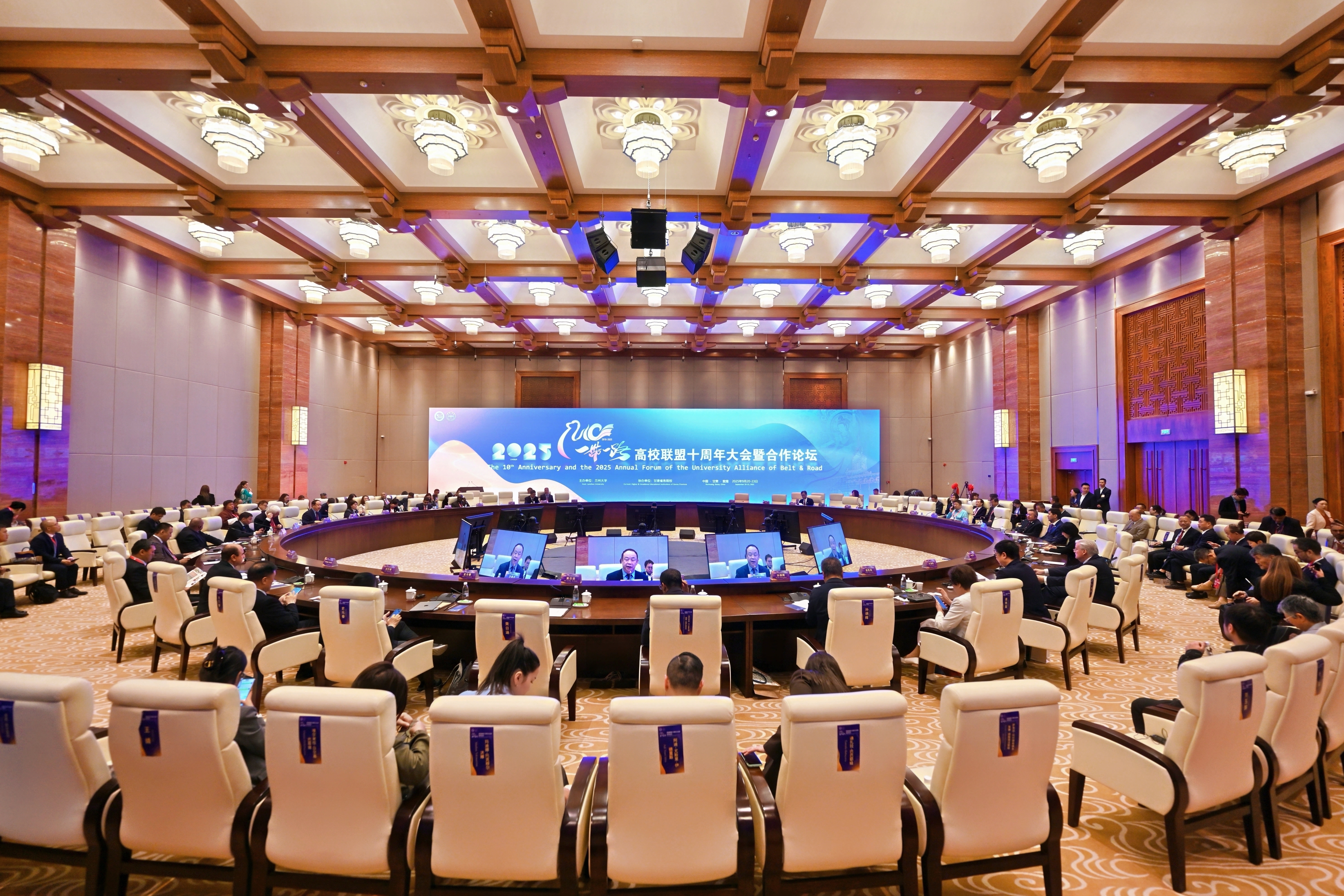Speaker: Assistant Professor Yang Xiang, Department of Mechanical Engineering at Pennsylvania State University
Time: 9:30-10:30, December 18
Venue: Lecture Hall 322, Qilian Building, West Campus at Chengguan
Abstract:
This talk focuses on our recent work on the topic of rough-wall boundary-layer flows. We will first present a survey of the existing rough wall models. We consider three correlation-type rough-wall models, two physics-based models, and one data-driven machine-learning model, and we make use of the rough surfaces in the Roughness Database for testing and re-training purposes. We see that the correlation-type and the machine-learning models do not extrapolate outside the training/calibration dataset, whereas the physics-based model generalize outside its calibration set. Having underscored the importance of flow physics in rough-wall modeling, we proceed by studying flow over tall, slender surface roughness and roughness with spanwise heterogeneity via direct numerical simulation (DNS). Our data provide support to the so-called "mixing layer analogy," according to which the flow within the roughness sublayer is analogous to a plane mixing layer. We further dive into the mechanisms responsible for generating the rough-wall drag by considering the integral methods. By reformulating existing integrals and extending them to flows over rough walls, we arrive at distinct decompositions for the bottom-wall skin friction coefficient and the roughness drag coefficient. These decompositions comprise a viscous term, a dissipation term, and a turbulent term. Our analyses reveal that, with increasing surface coverage density, the magnitude of the viscous term diminishes, while the magnitude of the turbulent term remains approximately constant. Lastly, our DNSs of flow over spanwise heterogeneous roughness lead to the observation of asymmetry mean flow. This asymmetry becomes most pronounced when the surface coverage density is approximately 0.59%, and diminishes as the coverage density approaches either a low or a high value.
Source: College of Civil Engineering and Mechanics




